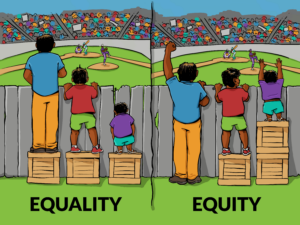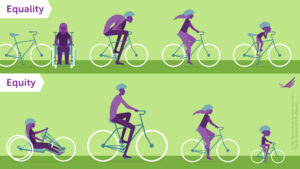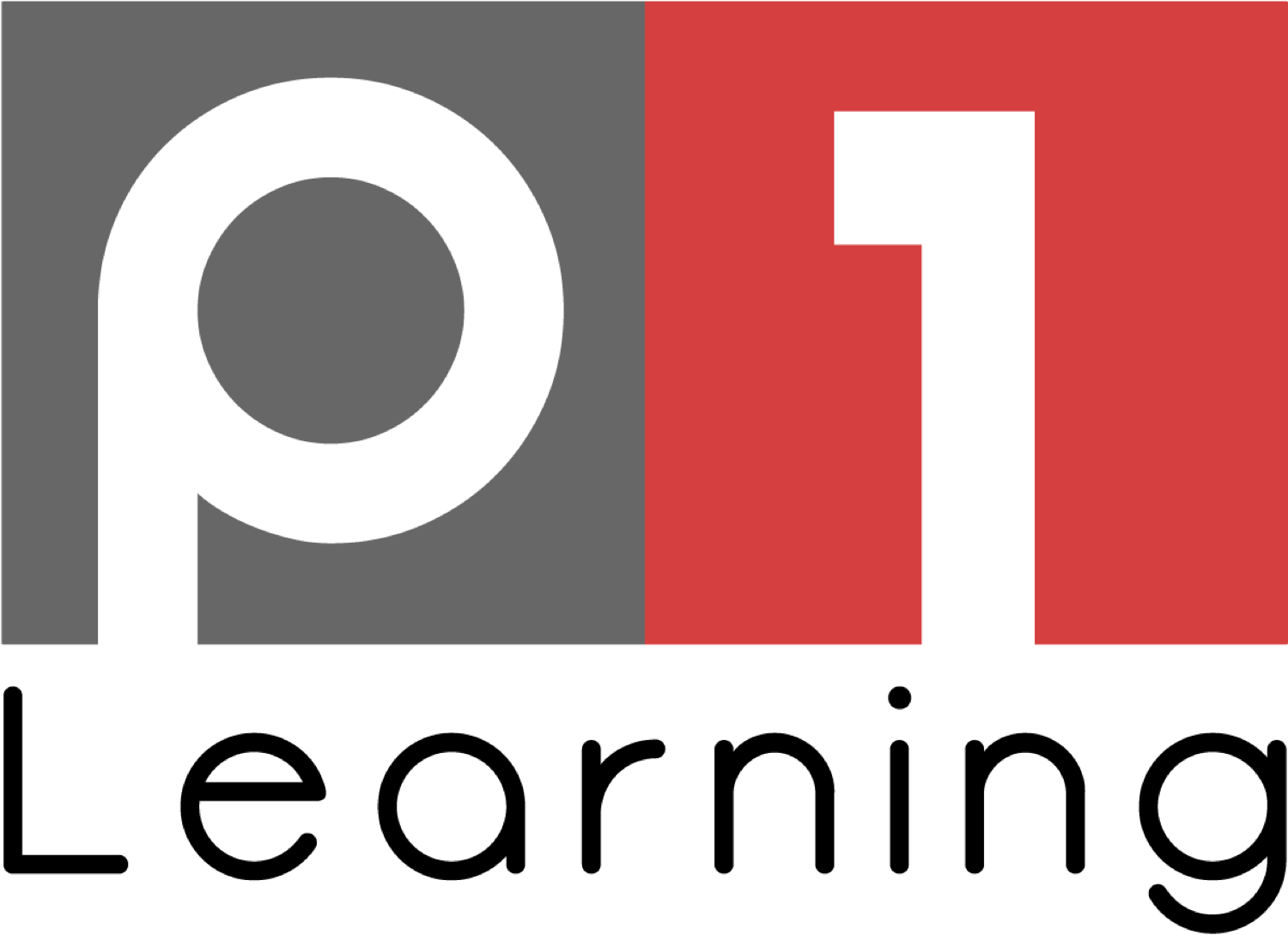When we start talking to clients, we know that a Customer Needs Assessment is crucial to understanding and meeting their individual needs. We’re told time and time again that one size does not fit all when it comes to advertising and media sales. The same is true in our workplace, and it’s important to ensure that everyone’s needs are met in a way that drives them to be the most successful team member they can be.
To do this, it is important to understand the difference between equality and equity. Often, we idealize the concept of equality. Everyone is given the same resources, the same training, the same environment, and therefore, everyone should feel equally happy and confident, and produce equal results. In reality, it’s obvious this isn’t the case, and that’s where the concept of equity comes in.
You may be familiar with graphics like these:


These images demonstrate that everyone has different circumstances in their lives which mean they need different things to succeed. So, how can we ensure that we are working to provide an equitable workplace? Here are some starting points you can implement.
- Evaluate your equity practices. Take a look around – is your workplace accommodating to employees with disabilities? As an employee, do you or your coworkers feel comfortable discussing different accommodations with leadership? As managers, have you provided an open environment for your employees to have conversations about diversity, inclusion, and equity? You may even consult with a third-party evaluator to ensure honest feedback about your culture.
- Share your intentions. A workplace is more likely to establish equity if they are willing to share their goals with everyone in the organization. This creates accountability, as well as encourages everyone to work toward concrete, measurable standards.
- Assess your onboarding practices. Onboarding is the first thing every employee must complete, and unfortunately, it can be the first place a company implements the “one size fits all” mentality. Of course, there are certain steps every employee must complete – but consider a 2-stage onboarding plan. There is a possibility your employee won’t know what accommodations would help them until they get a feel for their daily tasks. Follow up after a few weeks with new hires to ask what challenges they face, and what reasonable measures can assist them.
- Be Proactive. Conversations about equity can be uncomfortable. There are many stigmas attached to discussions about experience such as race, religion, sexuality, gender identity, and disabilities. These conversations aren’t just uncomfortable for an employer or manager, but the employee as well. If you notice someone may be struggling but hasn’t spoken up, consider whether they are conflicted about whether they will be seen as “causing problems” rather than creating solutions for themselves and those around them. You may want to initiate the discussion in private to let them know you’re an advocate for change.
When we strive to create a workplace that is open and accepting of all, not only do we establish a better workplace culture, but increase productivity.
To learn more about practices surrounding Diversity, Equality, and Inclusion, view content from Ryan Dearbone on the Ten-Minute Trainer Network.

